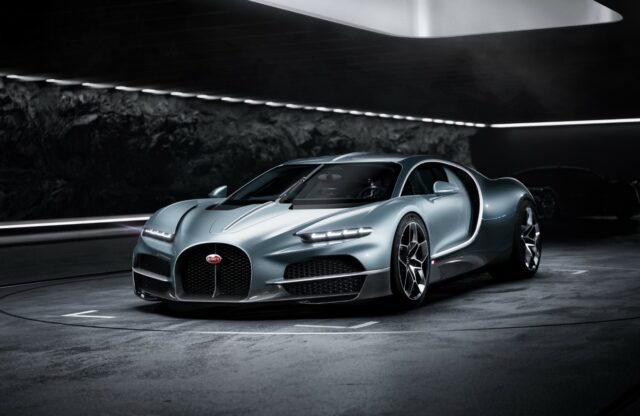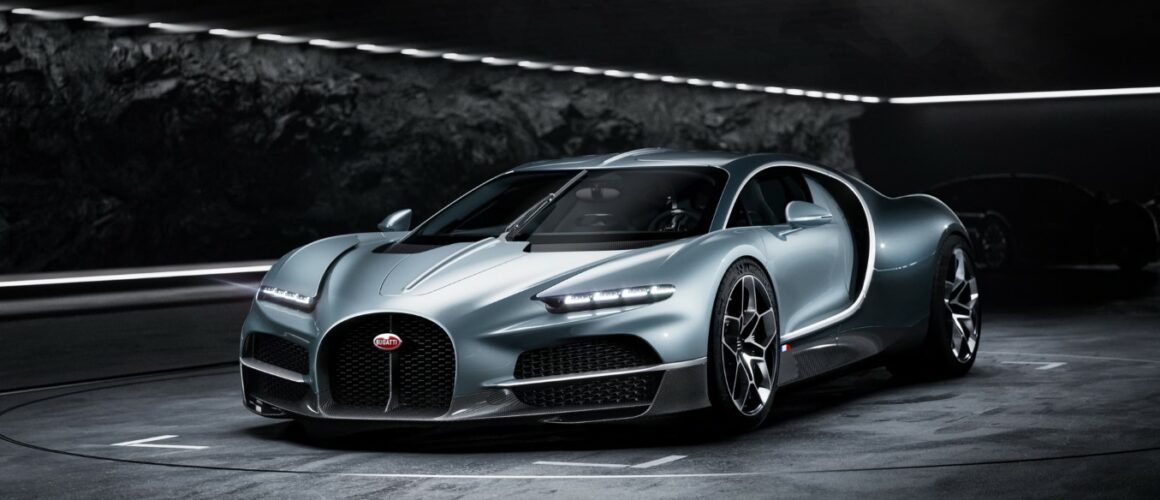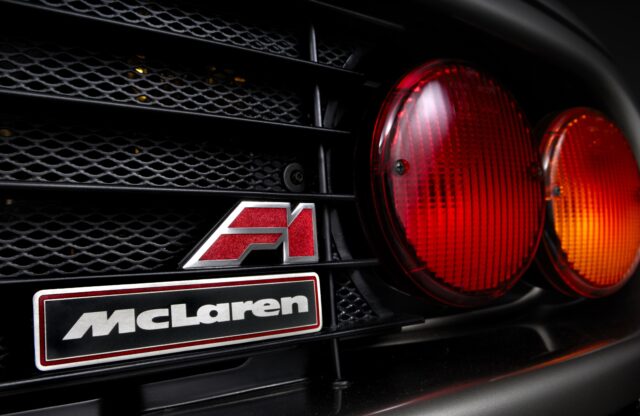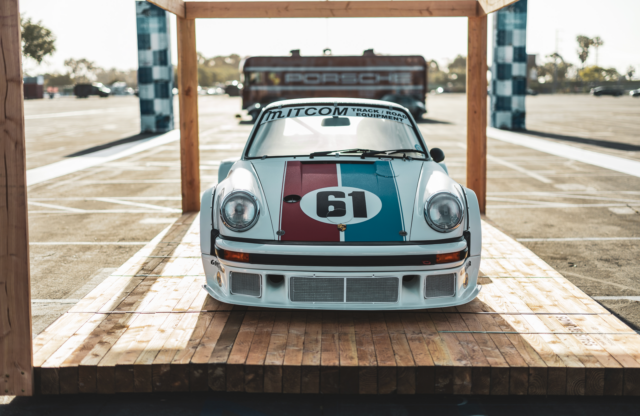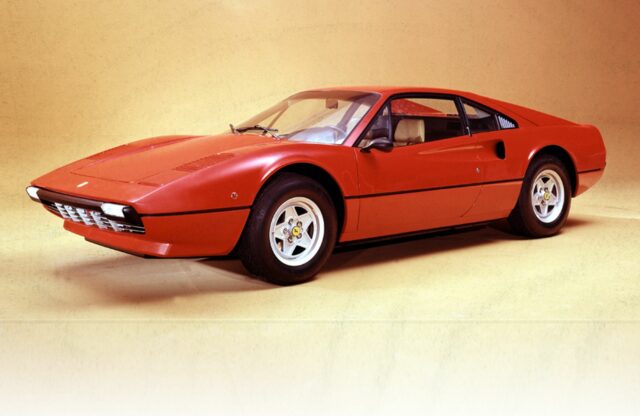Bugatti has unveiled its stunning new 276mph Tourbillon plug-in hybrid V16-powered hypercar, in an exclusive world premiere attended by Magneto.
The 1775bhp Tourbillon was launched on June 20, 2024, at Bugatti’s headquarters in Molsheim, France. Not only is the newcomer the first series production model released since the marque merged with Rimac in 2021, but it is also the first car since the EB110 that isn’t powered by the brand’s venerable 8.0-litre W16 engine. Only 250 examples will be hand-built by Bugatti Atelier, with customer deliveries beginning in 2026. Prices start from €3.8 million.
From its innovative new powertrain to its cutting-edge carbonfibre monocoque, the Tourbillon represents a significant departure from the Veyron and Chiron, both of which were developed while the brand was under Volkswagen Audi Group ownership.
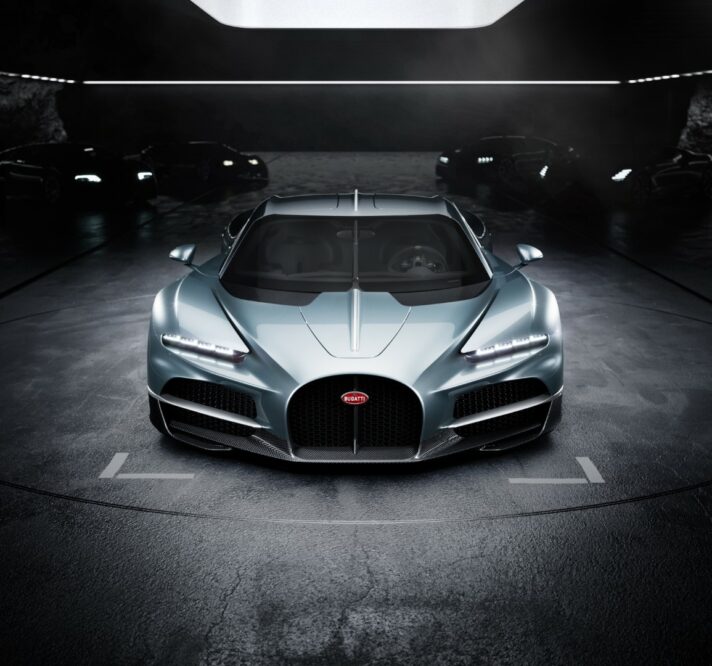
Extreme levels of performance are nothing new in the hypercar realm, but the way in which the Tourbillon accomplishes it is far from conventional
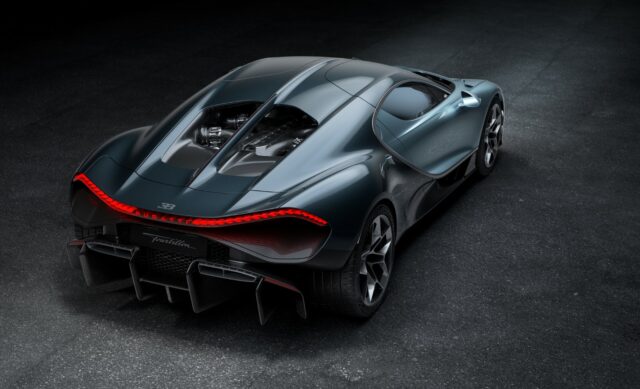
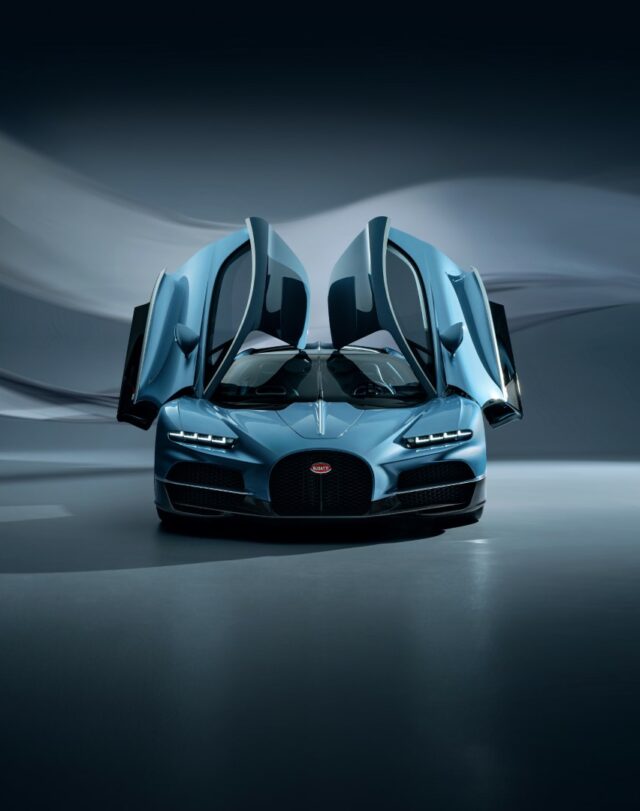
Although the car marks the beginning of a new era for Bugatti, CEO Mate Rimac is adamant that development was “guided at every step” by the marque’s 115-year history. “Icons such as the Type 57SC Atlantic, the Type 35 and the Type 41 Royale provide our three pillars of inspiration: beauty, performance and luxury,” he said.
Powering the Tourbillon is a mid-mounted 8.3-litre naturally aspirated V16, supplemented by three electric motors – two on the front axle and one on the rear. Together they generate a staggering 1824bhp, which allows the Tourbillon to accelerate from 0-62mph in two seconds and 0-186mph in less than ten seconds. Top speed is a claimed 276mph. Interestingly, drivers can choose to run on pure combustion or electric power in addition to running both powertrains at the same time.
Extreme levels of performance are nothing new in the hypercar realm, but the way in which the Tourbillon accomplishes it is far from conventional. The Cosworth-developed V16 is naturally aspirated, and develops 986bhp with a 9000rpm redline. All that power is sent to the rear wheels via a new eight-speed dual-clutch transmission.
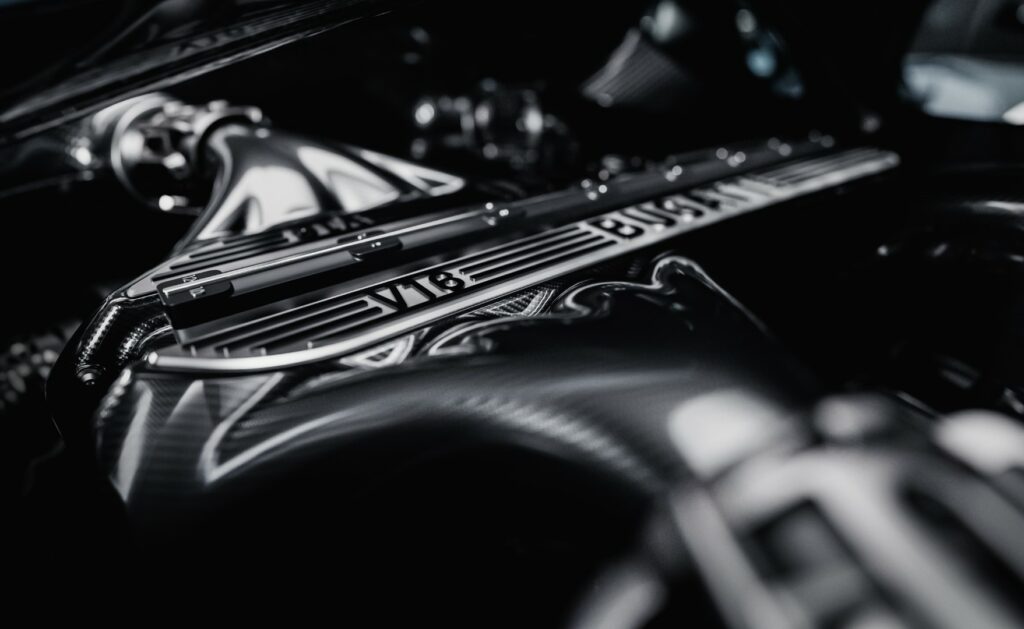
A further 789bhp comes from the three electric motors, which spin up to 24,000rpm. These are powered by a 25kWh oil-cooled 800v battery, which is mounted within the cabin’s central tunnel and in front of the engine bulkhead.
In addition to the usual throttle response, torque fill and power benefits, the electric motors also provide full torque vectoring, while the 25kWh battery capacity enables an electric-only range of around 37 miles. The electric powertrain is said to be among the most power-dense systems ever created, developing 6kW per kilogram of e-axle mass.
Although no specific figure has been disclosed, the complex hybrid powertrain also seems to be impressively lightweight. Bugatti has confirmed that the V16 combustion engine weighs just 252kg – compared to around 500kg for the quad-turbocharged W16 used in the Chiron.
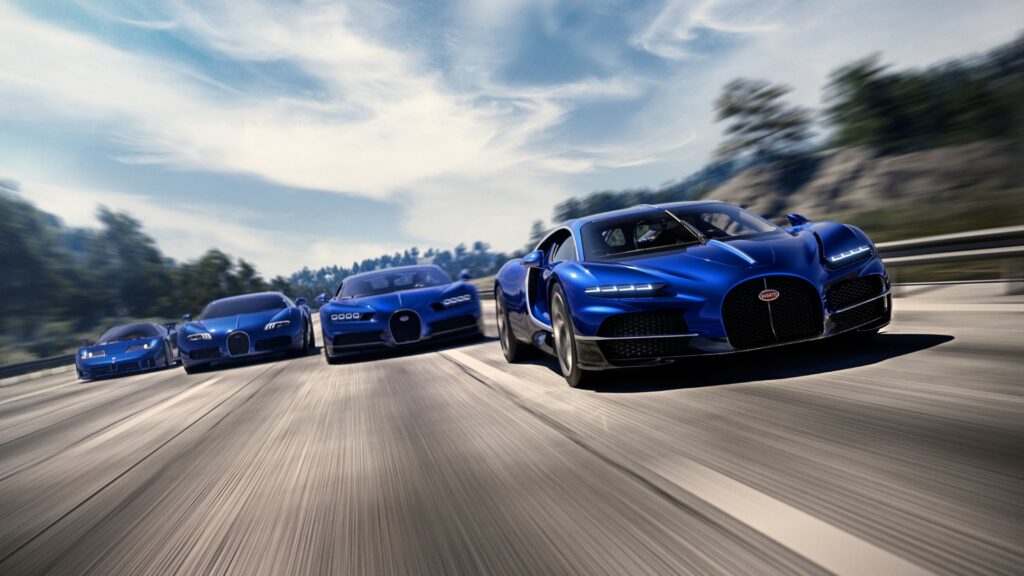
Granted, the electric powertrain has added around 300kg to that figure, but much of it is offset by the simpler naturally aspirated engine configuration, along with the fact that the front e-motors allow four-wheel drive to be achieved without the need for conventional driveshafts linked to the front axle.
Bugatti is yet to reveal the official kerbweight because it’s honing several details that could shave off a kilogram or two. In short, however, it is expected to be marginally lighter than the 1995kg Chiron and is also the first car to shift from a combustion to hybrid powertrain that weighs less than its predecessor. The Tourbillon is also a marvel of packing, being just 2.9mm longer than the Chiron despite having an engine with a one-metre-long crankshaft, as well as three electric motors and a battery pack.
The innovative powertrain is one major reason that the Tourbillon is lighter than its predecessor, but that’s also down to a new chassis and body structure manufactured from the latest T800 carbonfibre composite. Again, Bugatti has employed various weight-saving measures here, including innovations inspired by the bleeding edge of motor sport.
One example is how the battery pack has been integrated as a structural part of the monocoque. This design follows the same principle as the stressed engine that was famously pioneered by Cosworth and Lotus in Formula 1, and brings both weight reduction and chassis-rigidity improvements.

Another neat detail that takes inspiration from Formula 1 are the air ducts that flow through the front of the car. These ducts form part of the monocoque structure, and bring similar aerodynamic benefits to the S-duct that was first seen on Ferrari’s F2008 challenger.
The monocoque also benefits from a new crash structure that is integrated into the rear diffuser. Bugatti says this configuration makes the diffuser not only excellent at producing downforce, but also keeps it hidden from sight, enabling a distinctive open rear-end design. The narrowness of the V16 engine means that the diffuser tunnels can run along each side of it, allowing them to be longer and more efficient.
This unique diffuser design and the aerodynamic benefits it creates mean the active rear wing is not raised during high-speed runs, which reduces drag. Instead, the wing raises only under braking and to increase downforce at lower speeds.

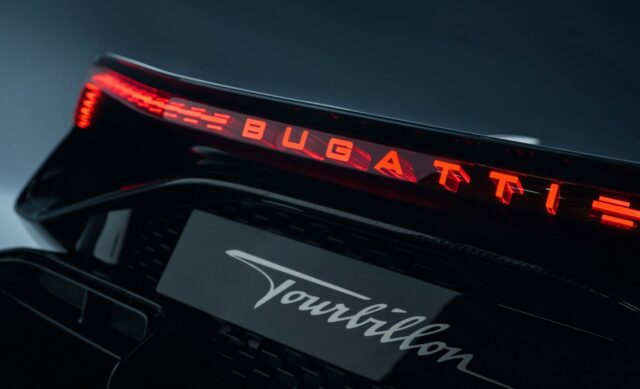
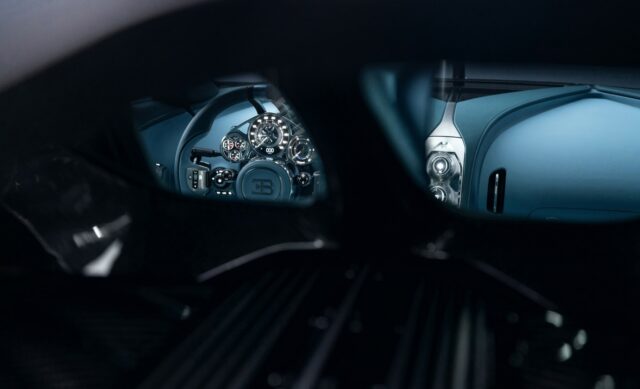
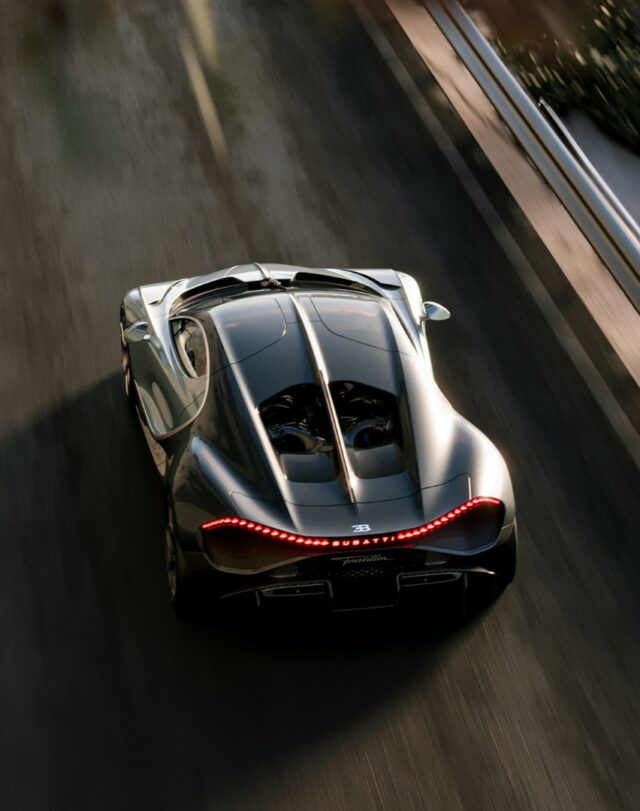
Complementing the carbonfibre monocoque is new multi-link suspension front and rear. The cutting-edge suspension design is 45 percent lighter than the double-wishbone arrangement used in the Chiron and Veyron, and is manufactured from forged aluminium with 3D-printed components.
At first glance, the Tourbillon seems worlds apart from the Type 35, Type 57SC Atlantic and Type 41 Royale, and yet there are a host of details and design touches that pay homage to these legendary pre-war machines.
Bugatti design director Frank Heyl explains that the silhouette of the car was “guided by the shape of the horseshoe grille”, in a similar manner to the Type 35. The Tourbillon’s sleek frontal area and rakish roofline take design cues from the Type 57SC, while the body’s distinctive two-tone split colour scheme echoes the iconic Type 41 Royale.
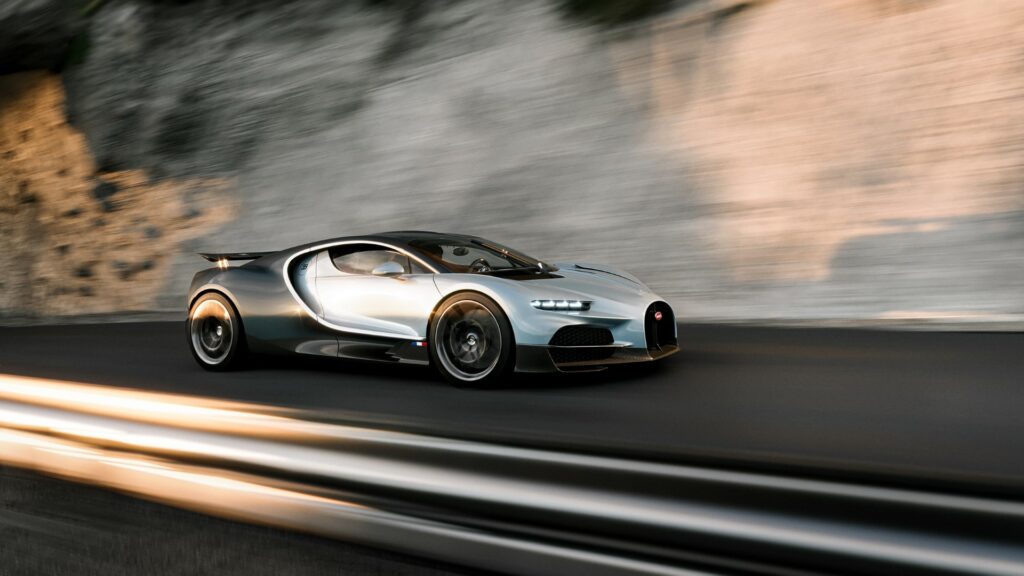
Electrically actuated dihedral doors add a sense of drama, and can be opened remotely from the key fob. The driver is greeted with a cabin that forgoes digital instrument displays and touchscreens for a more analogue design inspired by the world of horology.
“As well as the spectacular analogue innovations that have gone into creating a timeless interior such as this, we focused on authenticity of materials and perfection in every part. Informally we say that ‘what you see is what you get’,” explains Bugatti president Christophe Piochon.
The most obvious example of this is the skeletonised instrument cluster that was designed and assembled from 600 parts with the expertise of Swiss watchmakers. Manufactured from titanium, ruby and sapphire gemstones, the gear-driven cluster weighs just 700 grams and is built to minute tolerances ranging between five and 50 microns. It remains fixed in place while the steering wheel rotates around it, keeping it in perfect view of the driver no matter their height.
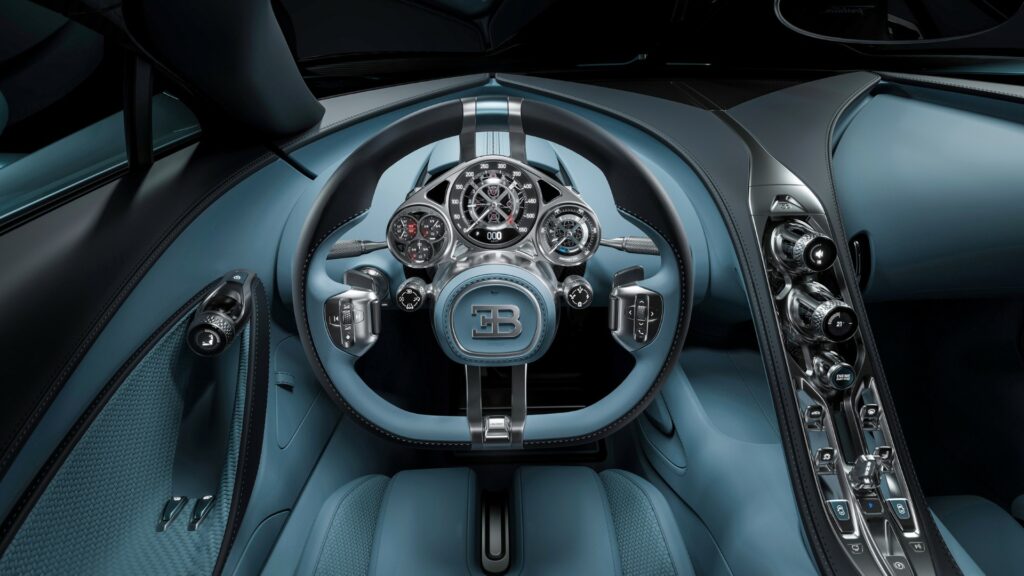
Navigation, entertainment and vehicle information are displayed on a central screen that remains hidden from view unless summoned by the driver, at which point it rises from the centre of the dashboard. Below it is a centre console that’s milled from a single piece of aluminium and decorated with crystal glass and intricate switchgear, including an ‘Engine Start’ pull lever.
Despite such opulence, Bugatti has incorporated several weight-saving measures in the cabin. This includes an innovative audio system that does not use traditional speakers and subwoofers. Instead, the system harnesses exciters that use the interior panels to create sound. The seats, meanwhile, are fixed in place, and the steering wheel and pedal box can be adjusted fore and aft to accommodate the driver.
“We look back through Bugatti history at the creations of Ettore and Jean Bugatti, and you can immediately see that they refused to compromise,” Mate said. “The amount of patents Ettore had to his name was incredible, because he didn’t ever want the simplest solution. He always wanted the best solution, even if it didn’t exist yet. He’d go away and he’d build it, test it and refine it until it was perfect. And then he’d make it beautiful. It is why the cars are so revered today, and it is the driving force behind everything we have done with the Tourbillon.”
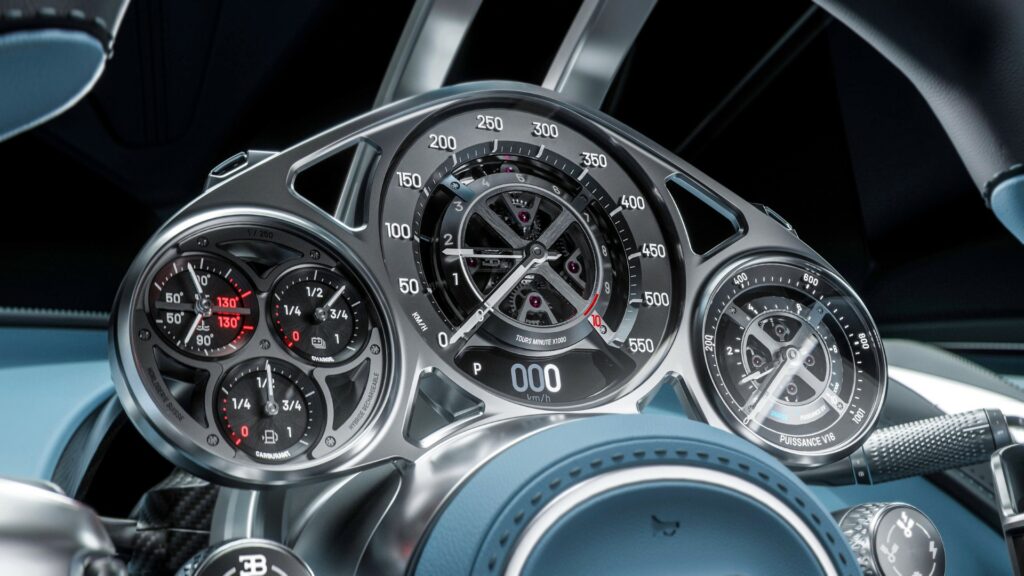
The Tourbillon is now completing its pre-production prototype-testing programme, before customer deliveries begin in two years’ time.
For more information, click here.
